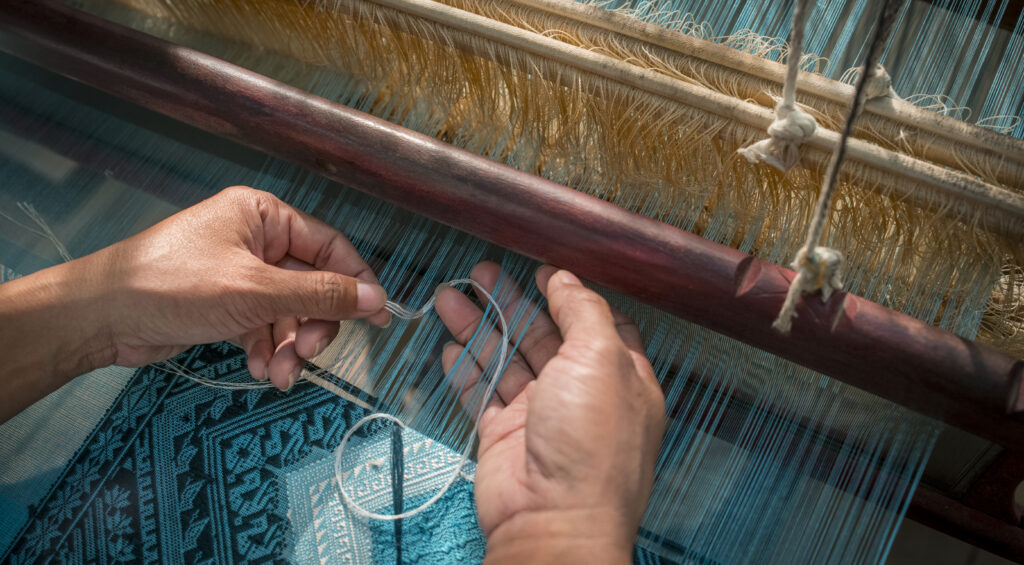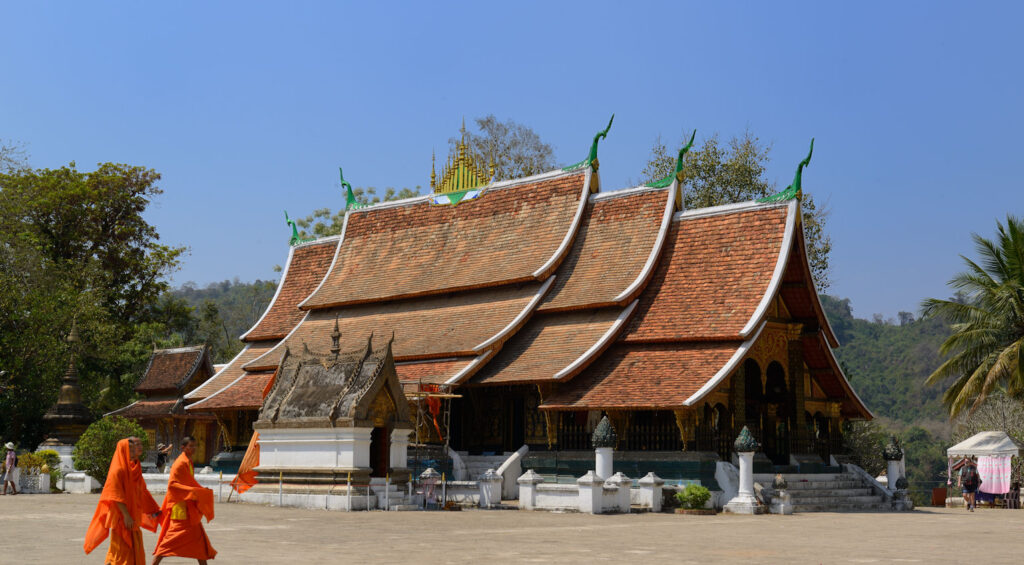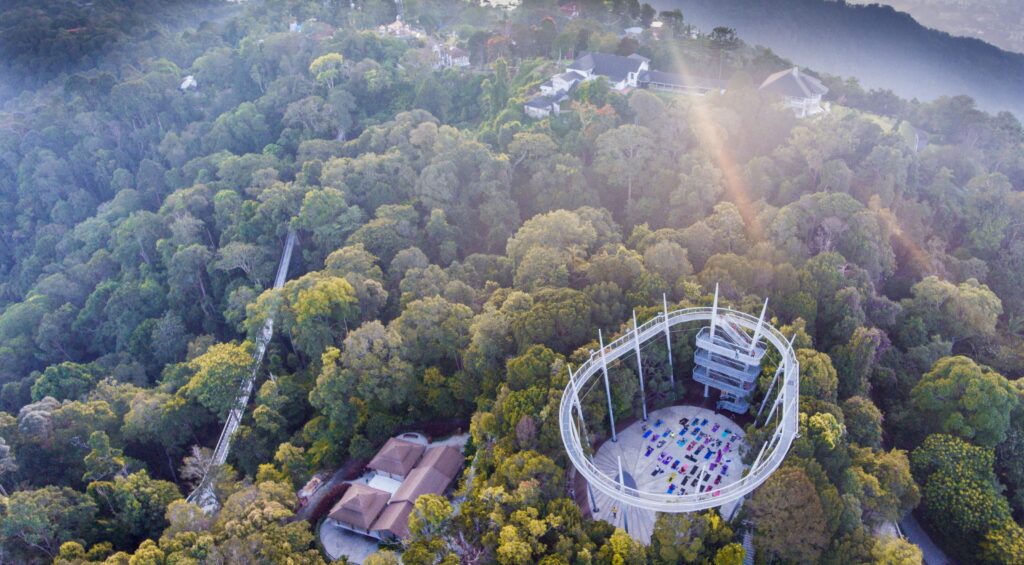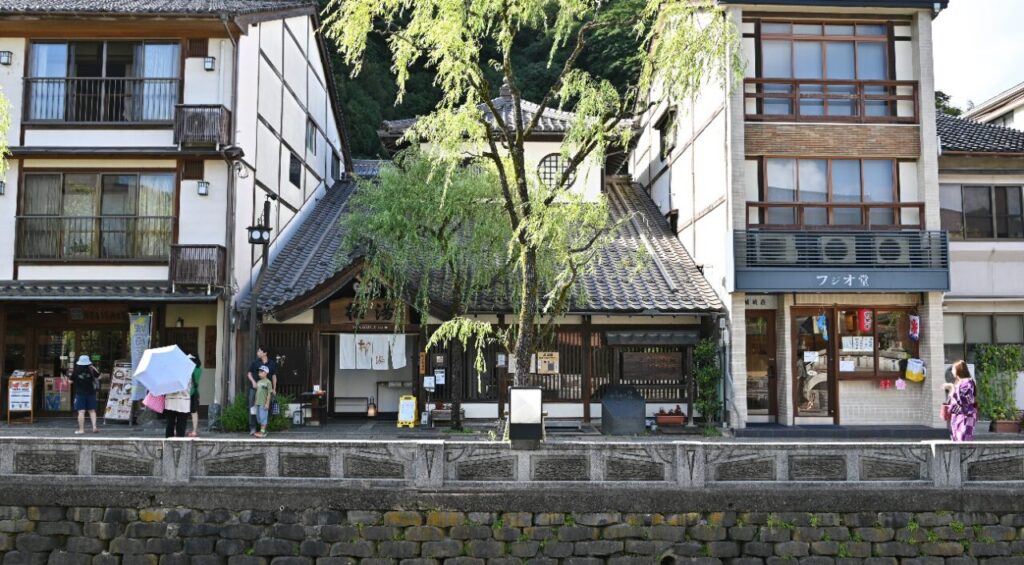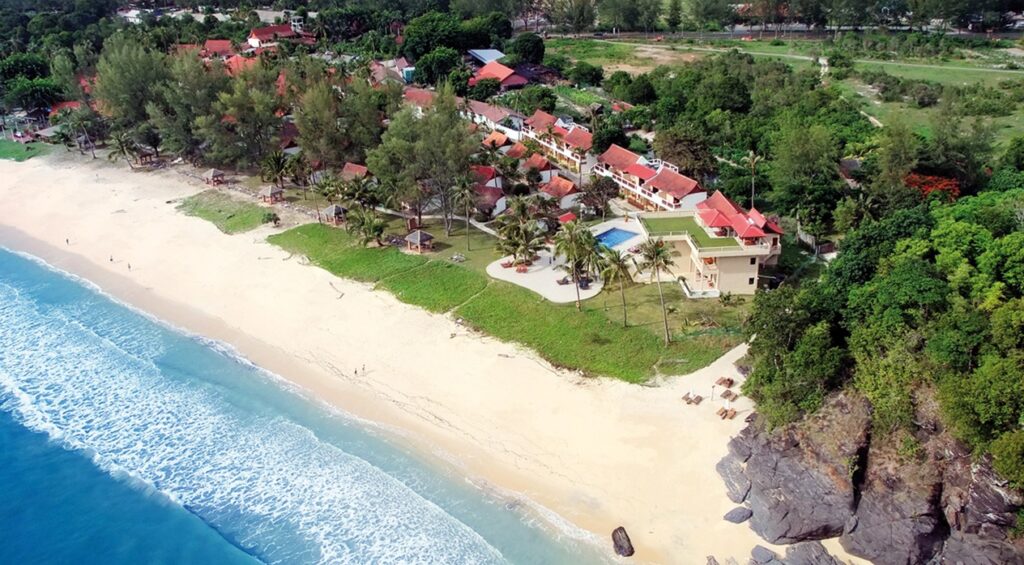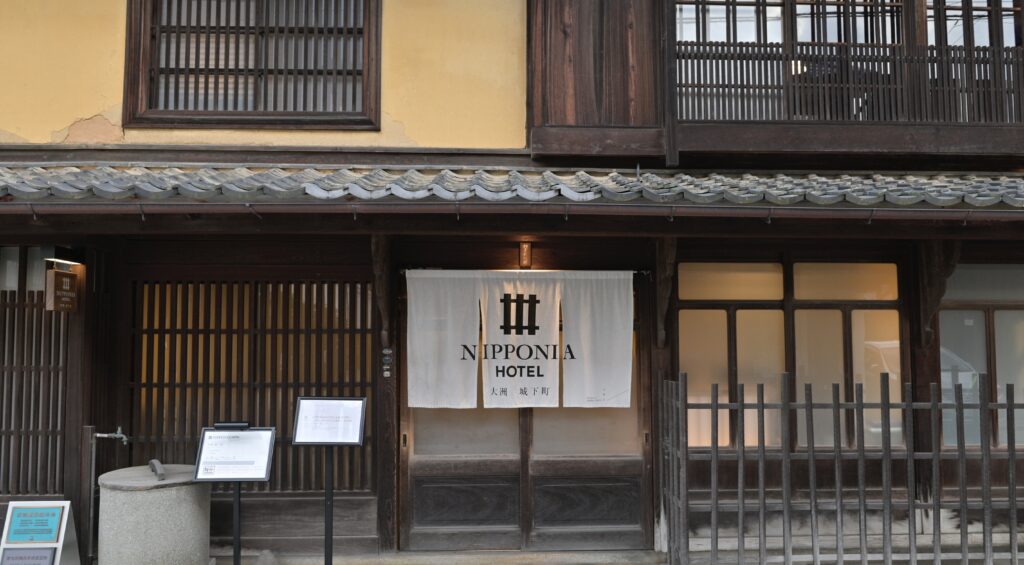Published on January 14, 2025
Out of the shadows and into the sunlight: Hope Tourism
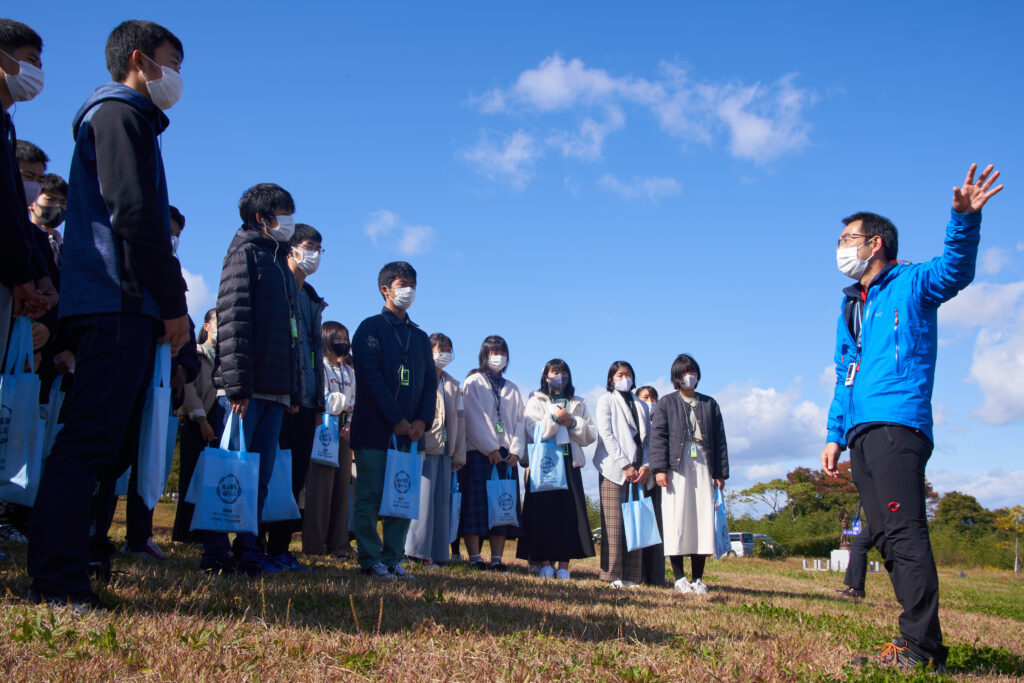
Devastated by an unprecedented disaster in 2011, Fukushima Prefecture is now a leader in a form of tourism that contributes to community sustainability. By focusing attention on what visitors see, hear, and think, the Hope Tourism programme inspires them and showcases the power of tourism as a force for positive change.
| Place : | Fukushima Prefecture, Japan |
| Initiative : | Hope Tourism offers educational experiences in a disaster-stricken area. Participants see hard-hit sites, listen to local stories of resilience, and reflect on what they experience. By tackling complex issues without ready-made conclusions, the programme fosters diverse perspectives among visitors. A new model for community sustainability. |
| Actors : | Fukushima Prefectural Government, Hope Tourism Support Center, members of the local community |
| URLs : | Hope Tourism https://www.hopetourism.jp/en/ |
The birth of Hope Tourism
On March 11, 2011, a series of tsunami following the Great East Japan Earthquake triggered a major accident at the Fukushima Daiichi Nuclear Power Plant. Much of Fukushima was contaminated by radioactive material, and evacuation orders disrupted local lives. Fears linked to the contamination led to reputational damage that hindered Fukushima’s recovery.
In 2016, Fukushima Governor UCHIBORI Masao launched Hope Tourism to transform challenges into opportunities. This initiative offers visitors a glimpse of the “real Fukushima”.
“The aim is to showcase people’s authentic struggles and resilience on the road to recovery,” says ISHII Eishi, who works in the Tourism Promotion Division at Fukushima Prefectural Government. “We offer a learning journey that can only be experienced in Fukushima.”
Visitor participation increased from 35 people in one programme in 2018 to 16,476 people in 396 programmes in 2023.
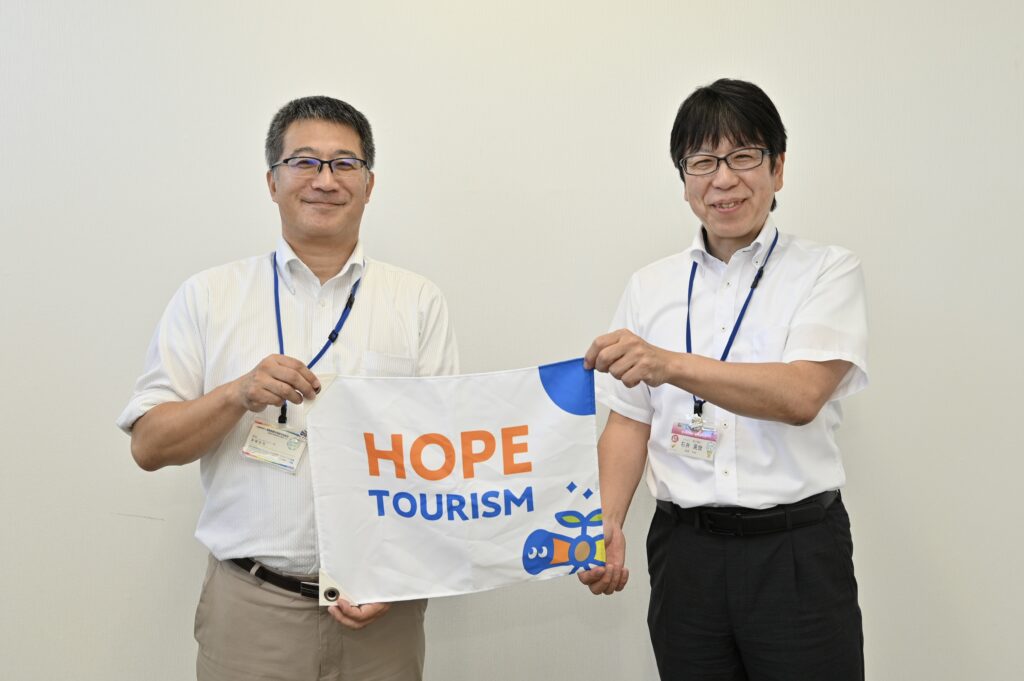
A unique approach to community sustainability
Hope Tourism departs from conventional tourism models by prioritising education, community engagement, and personal growth. Visitors connect with the local community, learning firsthand about the region’s history, challenges, and ongoing recovery efforts.
TAKAHASHI Ryoji of the Hope Tourism Support Center draws attention to the role of field partners. “They don’t just guide,” he explains, “they facilitate without bias, offering visitors access to multiple perspectives. This is an advanced skill, and so the training of field partners is a vital aspect of what we do.”
KANNO Takaaki is a field partner who has been involved in the programme since its inception. “Our hope,” he says, “is that more junior and senior high school students in Japan will visit and relate what they learn to their own lives.”
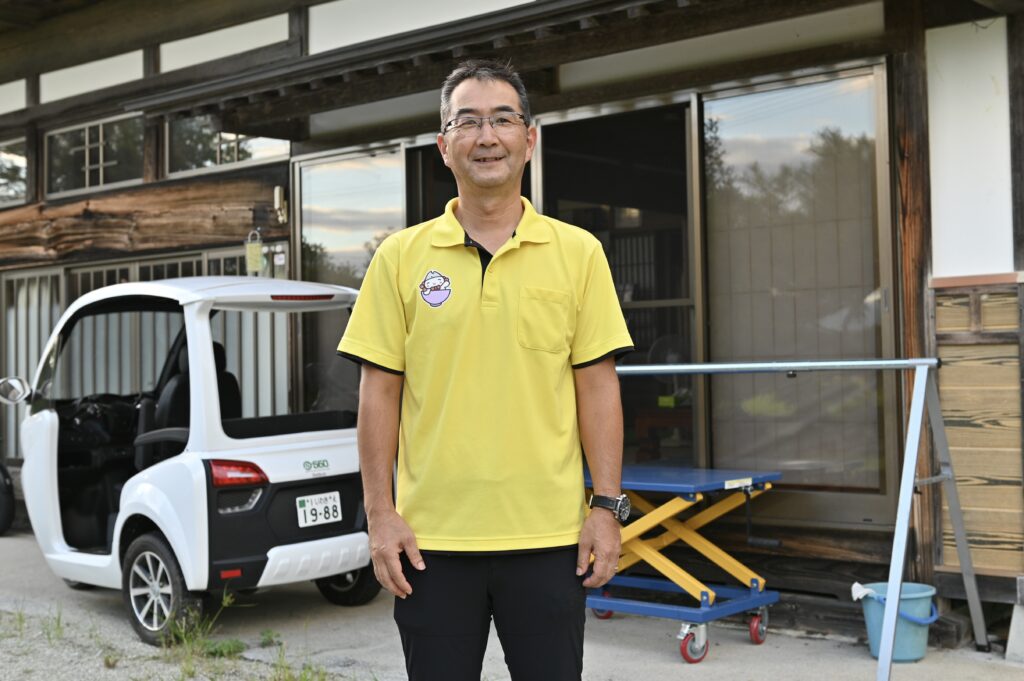
Key initiatives
Education and collaboration: Hope Tourism focuses on experiential learning, including visiting disaster-stricken areas, interacting with local leaders, and participating in discussions. This offers visitors a deeper understanding of the disaster, insights into local resilience, and opportunities for reflection. The programme fosters partnerships with local people and businesses. These collaborative efforts offer visitors multiple perspectives and support local development.
Global impact: One aim is for Hope Tourism to inspire people in other regions facing serious challenges to explore the value of tourism. As a forum for sharing experiences and lessons, Fukushima is contributing to a global discourse on community sustainability and resilience.
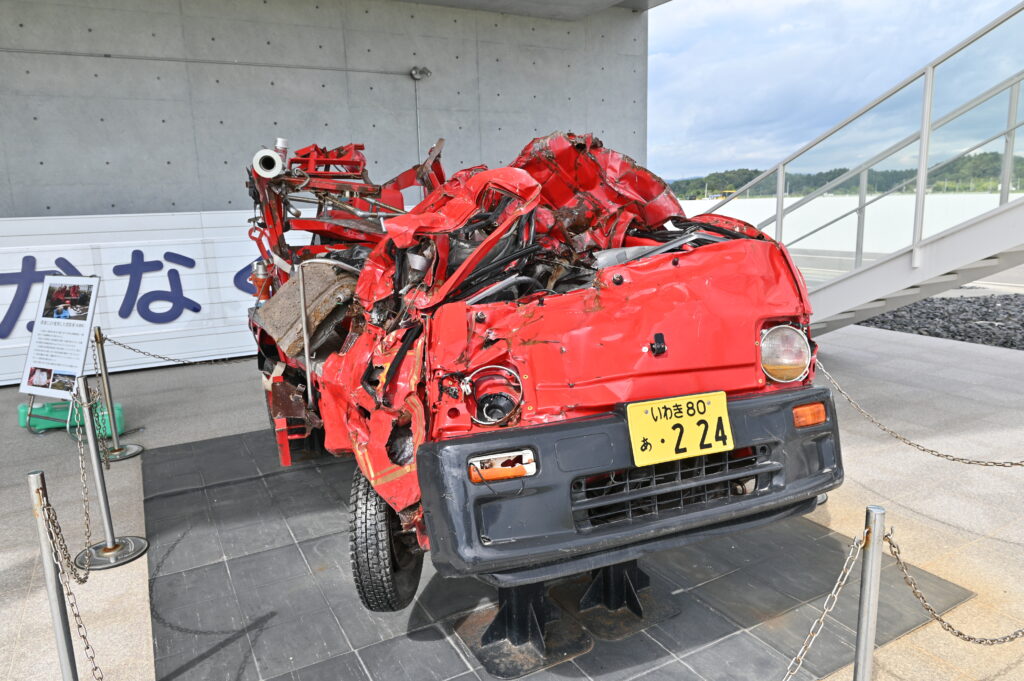
Forums for thought:
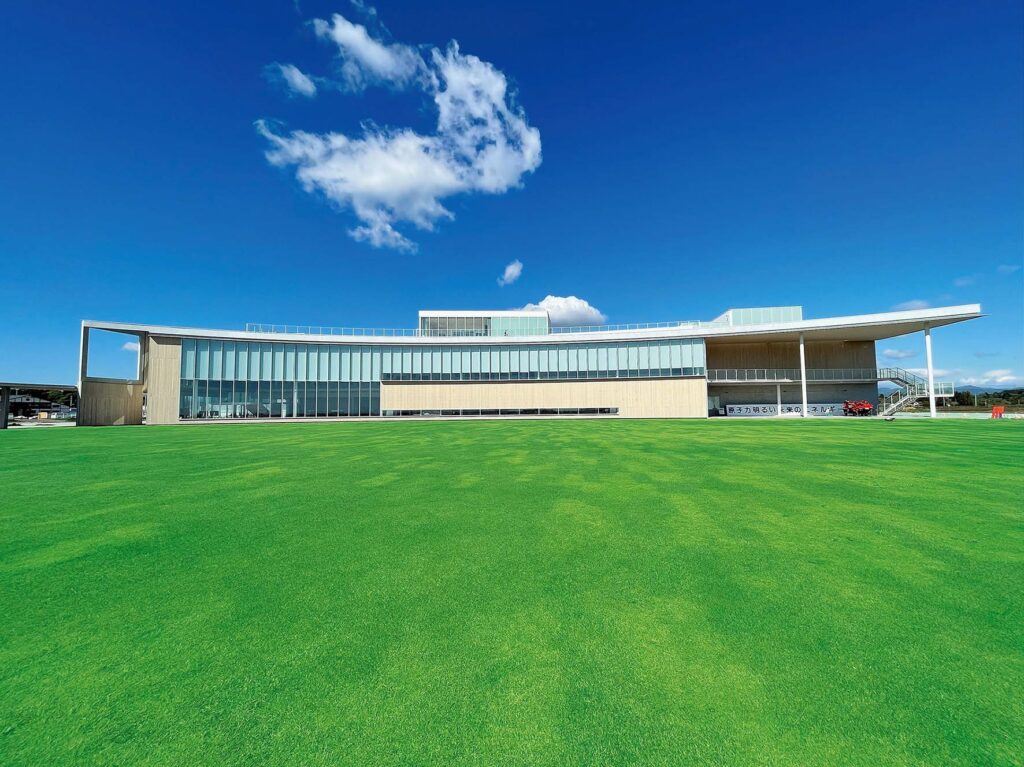
The Great East Japan Earthquake and Nuclear Disaster Memorial Museum
The Great East Japan Earthquake and Nuclear Disaster Memorial Museum is a poignant reminder of the 2011 disaster. Its 200 exhibits include a diorama of the damaged nuclear plant and a wrecked fire engine, exposing visitors to the impact of the earthquake, tsunami, and nuclear accident, and offering insights into the ongoing recovery efforts. The museum also features the personal stories and artifacts of survivors.
Photo : Counrtesy of The Great East Japan Earthquake and Nuclear Disaster Memorial Museum
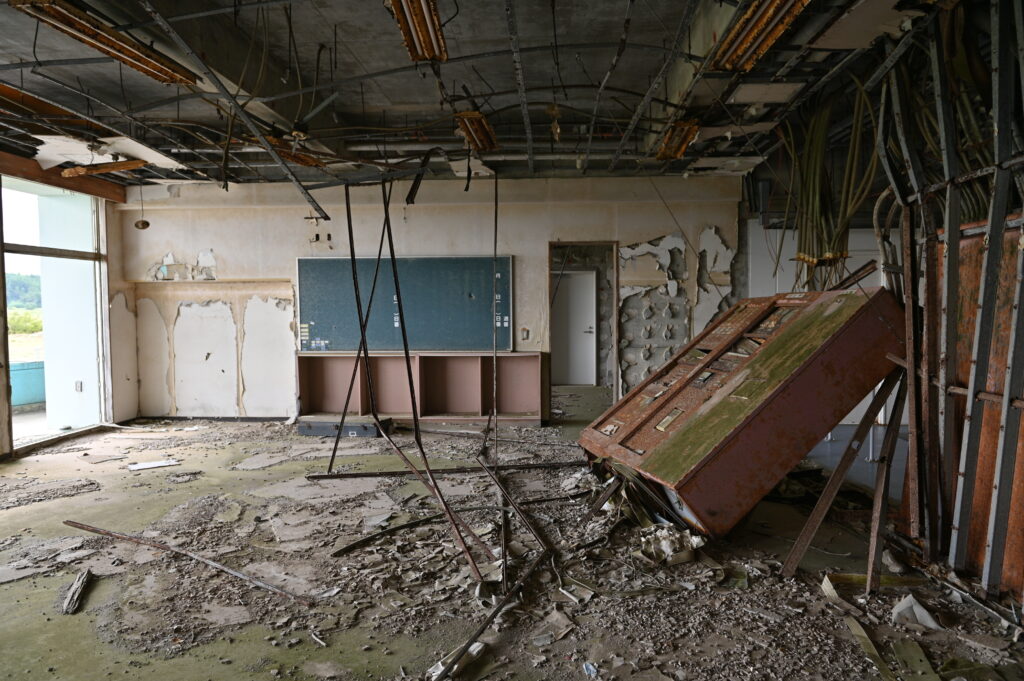
The former Namie Town Ukedo Elementary School
Located about 300 meters from the ocean, this school suffered significant damage from the tsunami but became known as the “Miracle School” because all the students and staff were successfully evacuated. It was opened to the public in 2021. The damaged classrooms and canteen serve as a powerful testimony to disaster impact and play a significant role in promoting disaster preparedness.
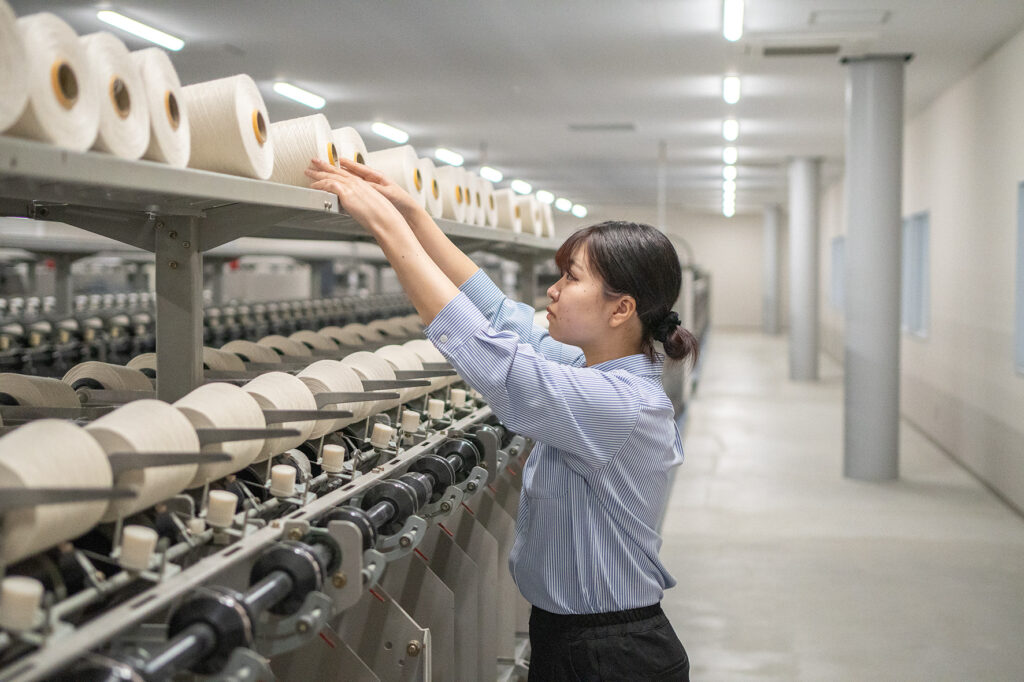
Asano Nenshi Futaba Super Zero Mill
A state-of-the-art yarn manufacturing facility in the town of Futaba. Established in the aftermath of the 2011 disaster, the mill has played a crucial role in revitalising the local economy. A cafe and shop alongside the factory are frequented by members of the local community.
Photo: Courtesy of Asano Nenshi

